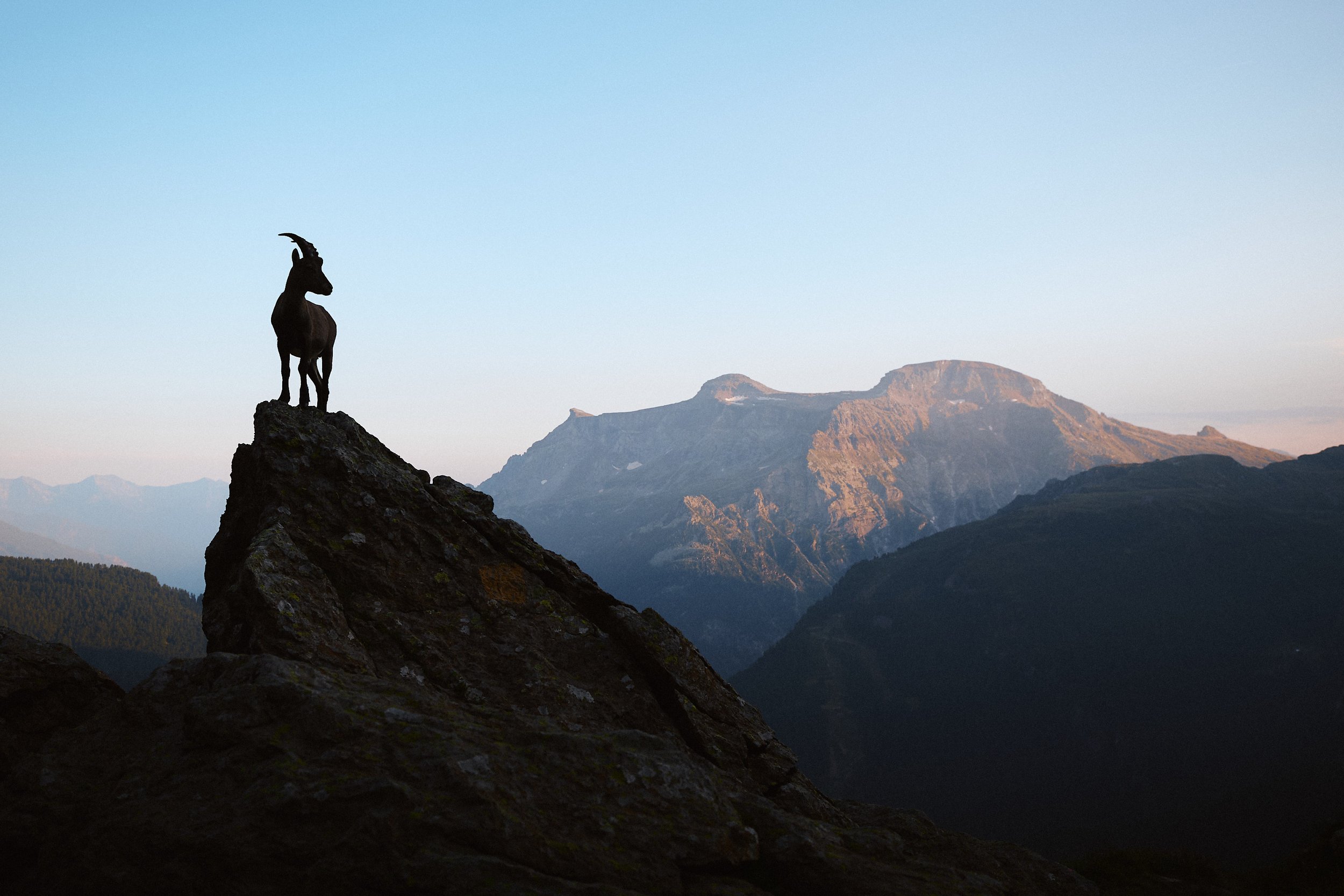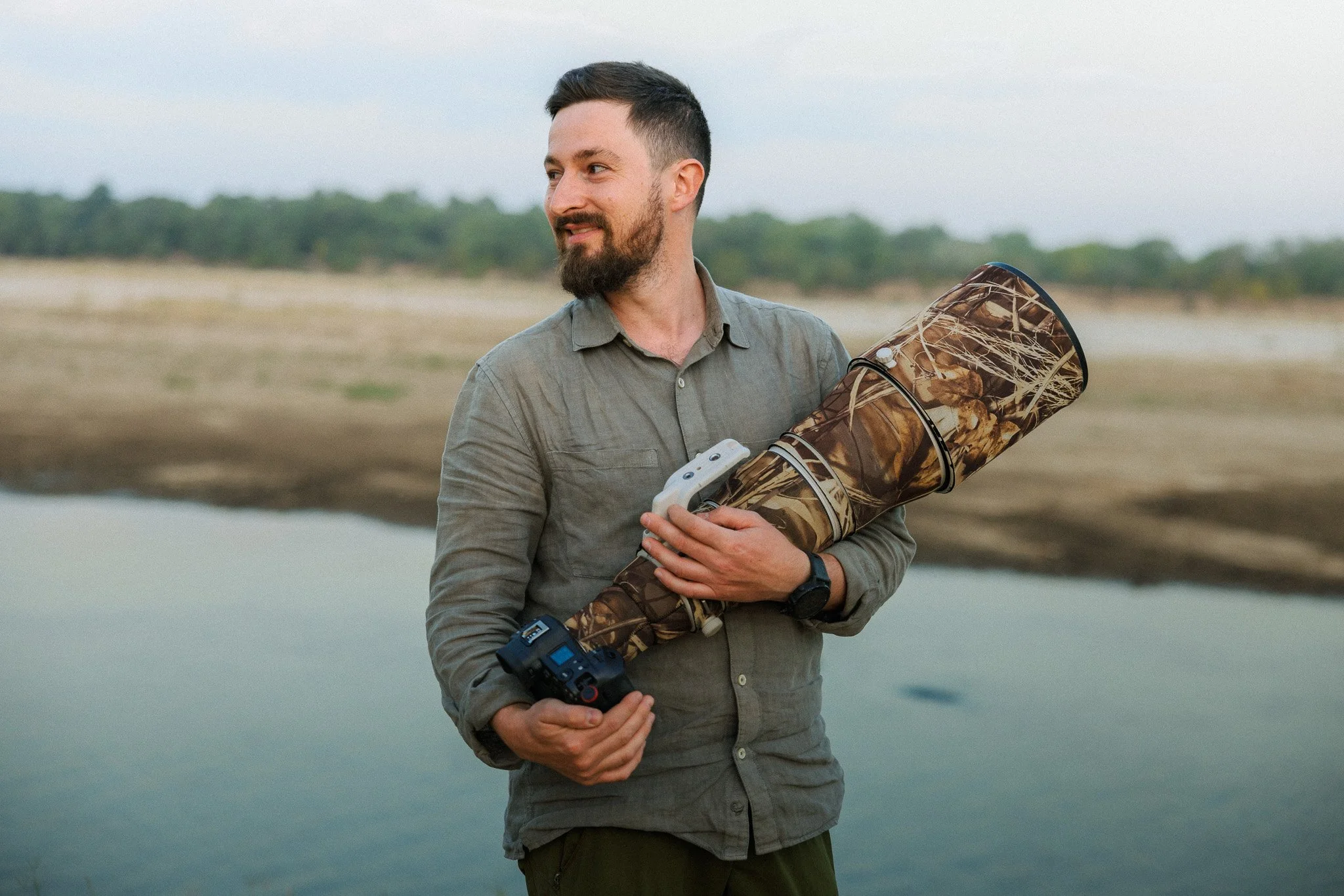Alright, let me just say this upfront: I’ve used both Capture One and Lightroom for years. I’ve cussed at both. I’ve praised both. And I’ve probably switched camps a dozen times depending on which feature was working (or not working) that month. But after thousands of hours editing dusty lion shots, misty mornings in the Alps, and ISO 25000 encounters with elusive leopards, I think I can finally give you a real-world take on how these two beasts stack up—especially for wildlife photography.
I’ll break it down in a narrative way, the way you’d tell a story to a fellow photographer over a beer around the campfire. This isn’t a lab test. It’s what actually works out there in the wild.
I shot this image on Canon R3 at ISO 51200; applied noise reduction in Lightroom Classic without any external plugin.
Why I Started with Lightroom
Like most people, I started on Lightroom - I think it was 2010. Back when it was Lightroom 3 and everyone thought clarity was the coolest thing ever. I liked it because it was easy. Intuitive. I could import a card from my Nikon D90 and just get to work. For someone doing a lot of batch editing, Lightroom’s Library module was like gold.
When I started shooting wildlife more seriously, especially in Africa and the Alps, I noticed I needed a little more. I felt like I was doing the same thing over and over again, and I wasn’t really able to get my images where I wanted them to be. That’s when I started poking around with Capture One.
The Image Quality Debate: Is Capture One Really Better?
So here’s the thing. For years, I’d argue that Capture One gave me better image quality out of the box. The RAW rendering was just cleaner. Colors had more pop. Tones looked more "filmic" somehow. And for high-end wildlife prints, that mattered.
But now Lightroom has caught up. Big time.
Since around 2023, Adobe has made serious gains. Their new noise reduction model? Game changer. I tested it side by side with Topaz, DxO and Capture One's internal tools, and Lightroom's AI denoise was not only cleaner but kept more detail—without introducing those weird plasticky textures. The external plugins still have a lot of edge when it comes to also add sharpening, and might use them from time to time, but for most images I can just stay within Lightroom, batch editing and saving a lot of time.
And best of all: now they removed that annoying extra DNG step. You can now batch-denoise inside Lightroom without bloating your catalog with doubles. This used to be my biggest workflow complaint with Adobe. Gone.
For a very long time Capture One provided better color control.
📅 Interested in joining me on a real photography adventure?
Explore my upcoming trips!
Speed, Workflow & Culling: Who Wins?
If you're coming back from a 10-day safari with 20000 images, you need speed. Like, actual usable speed.
Capture One has always been more nimble in terms of preview rendering. Especially tethered or on sessions, it chews through files fast. But Lightroom Classic with GPU acceleration and smart previews has finally caught up. If your computer is even halfway decent, LR won’t slow you down.
And culling? I used to need Photo Mechanic to avoid things go crazy. But if I’m staying inside one app, Lightroom’s new filtering and keywording tools are now more powerful. Especially helpful when tagging keepers from a whole pride of lions.
AI Features: Lightroom is Taking the Lead
Here’s where things start to tip.
Lightroom’s AI masking is scary good. Want to mask the subject? One click. Sky? Boom. Background? Easy.
Capture One still relies heavily on manual masking. Yes, there is an AI masking function but I find it to be nowhere as accurate as the LR one. And while its layers are great for precision, they can slow things down when you’re editing large batches.
Also: Lightroom’s new generative remove tool? It’s like a mini Photoshop built-in. I cloned out a sensor spot on 40 images with brush strokes in under two minutes. Try doing that in Capture One without swearing.
Hippo action along the Luangwa River, Zambia. Edited with Capture One in 2022.
Color Grading: Capture One Still Rules Here
I won’t lie. Capture One’s color tools are still top of the game.
The color editor is insane. The skin tone tool—which also works wonders on lions, believe it or not—lets you unify color patches with ridiculous precision. And the advanced color wheels? So intuitive once you get used to them.
If I’m editing a portfolio shot, like that leopard in golden light that might end up as a fine art print, I’ll usually roundtrip it through Capture One.
Catalog vs Sessions: Different Strokes
I prefer sessions when I’m working on trips. Capture One makes it super easy to stay organized without polluting a master catalog.
Lightroom’s catalog is better if you want to search your entire archive. But it’s also more prone to getting bloated or crashing if you’re sloppy with backups.
🎒 Want to know what I actually use in the field? Check out this article!
Stability, Bugs & Overall UX
Capture One has been a bit crashy lately. Especially with the latest versions. On the other hand, Lightroom is smoother these days, especially when syncing across devices. I never thought I’d say that.
Also, Lightroom has better plug-in support. Whether it's export to JPEGmini, connect to Luminar, or using Excire for AI tagging—it’s all smoother in Adobe’s ecosystem.
So Which One Do I Use?
I still have both.
Yep, still can’t commit. If I’m traveling light, want to edit from a laptop or even my iPad, and need mobile access: Lightroom all the way.
If I’m home, editing a limited set of commercial images and want maximum control over colors and layers: Capture One.
But 90% of my workflow, and all my wildlife photos, these days is in Lightroom. Just because it plays better with everything, and the new AI tools save me literal hours.
You don’t need to pick one and never look back. These are tools. And like all tools, they work best when you use them for what they’re good at.
So whether you’re chasing elephants in dusty Namibia or shooting puffins on a foggy Scottish cliff, just use what lets you focus on the image.















